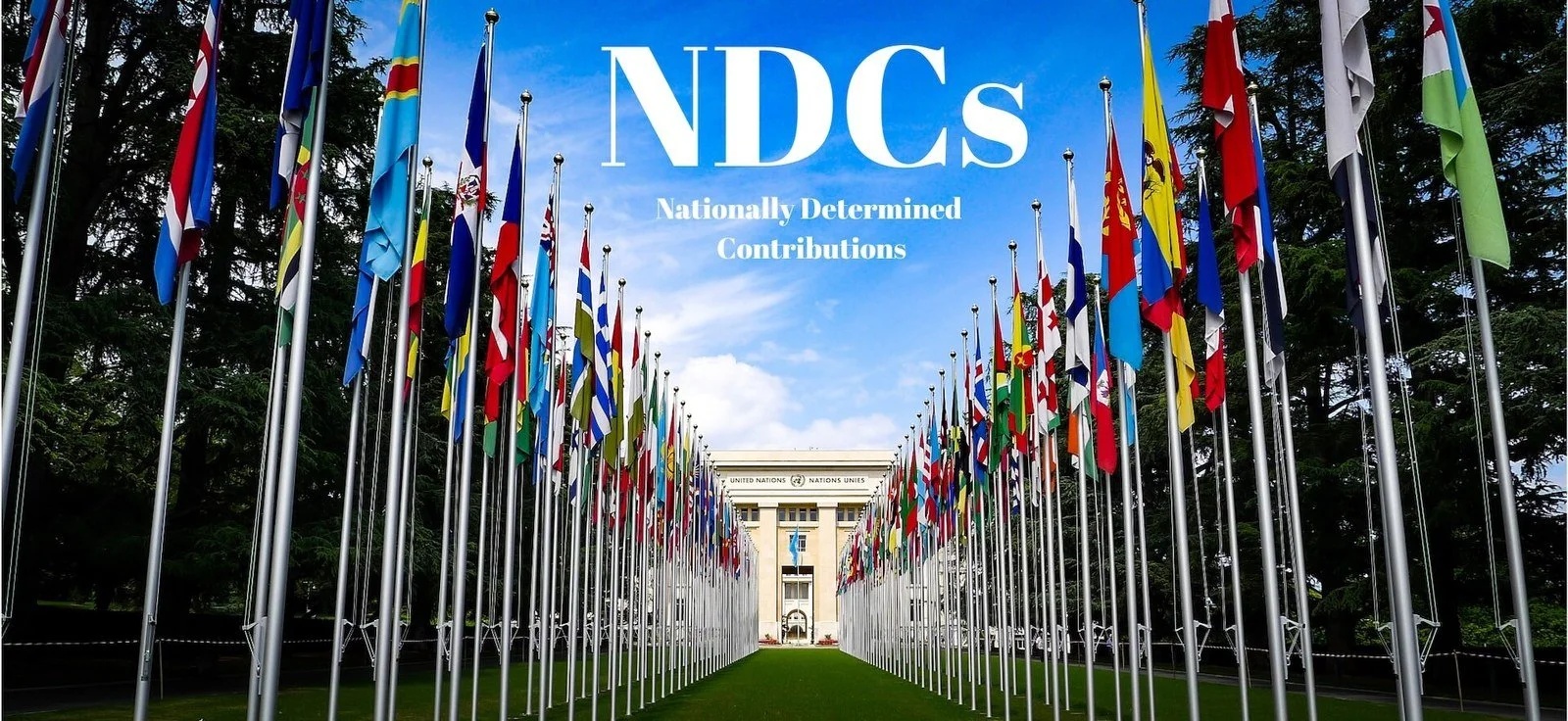Leading from the Tail: Major countries that failed to submit their NDCs
When the deadline for submitting Nationally Determined Contributions (NDC) lapsed last month, more than 100 countries had yet to update their commitments. The UN had extended the deadline to September after 90 percent of the world's nations failed to meet the initial target of February. Seven of these countries, and a regional bloc, are industrial powerhouses with carbon-intensive economies and significant diplomatic sway globally. So, where do they rank in the global emissions output? In this list of shame, we will highlight the main drivers of their emissions, the composition of their electricity mix, and the last time they updated their NDCs.
Argentina - $630 billion
Its most recent NDC was in 2021
The country is not considered a major emitter on a global scale
Fossil fuels account for 86 percent of Argentina’s total electricity mix
Relies heavily on fossil fuels in its agricultural sector
Livestock, particularly beef production, produces significant emissions
Indonesia - $1.4 trillion
Its last NDC was submitted in 2022
The Asian country is considered a major emitter globally, at 7th
Indonesia relies heavily on coal for power generation
It’s the world’s top coal exporter, mostly to India and China
Its capital, Jakarta, has one of the worst air quality records among cities in the world
Mexico - $1.85 trillion
Its latest NDC was submitted in 2022
Mexico is a major emitter of CO2, ranked 9th globally
Mexico is also the 11th largest oil producer in the world and the 3rd largest in North America
Energy, agriculture and industry account for the bulk of its emissions
Mexico relies heavily on fossil fuels to power the country
Per capita emissions are, however, lower than the global average
India – $3.9 trillion
Its last NDC was in August 2022
The country is the world’s 3rd largest emitter after China and the United States
Rapid industrial expansion, sheer size and high population are the main drivers of its emissions
Coal accounts for 78 percent of India’s electricity generation
Saudi Arabia - $1.2 trillion
Saudi Arabia last updated its NDC in 2021
The country is the largest CO2 emitter in the Middle East and the 10th largest in the world
The kingdom is also the world’s largest exporter of crude oil
Oil exports make up 40 percent of government revenue
There are negligible non-carbon energy sources in the country
Turkey - $1.3 trillion
Turkey’s most recent NDC was submitted in 2023
The country ranks as the 15th largest emitter of CO2 in the world
Turks generate 35 percent of their energy from coal
Renewable energy accounts for 18 percent of the country’s total electricity mix
Industrial growth in recent years has been a major driver of emissions
South Africa - $400 billion
South Africa’s last NDC was in 2021
It’s the largest emitter in Africa and 13th globally, owing to its carbon-intensive economy
It accounts for 40 percent of Africa’s emissions
Coal is responsible for 90 percent of its electricity generation and 85 percent of its emissions
European Union (EU) - €17 trillion
Submitted its last NDC in 2020
The bloc is the 4th largest emitter of CO2 in the world after China, US and India
It accounts for nearly 16 percent of global emissions
Consumption and production are the major drivers of emissions in the zone
In 2022 alone, the EU emitted 4.8 billion tonnes of carbon dioxide
The region hopes to cut 55 percent of its emissions by 2030

